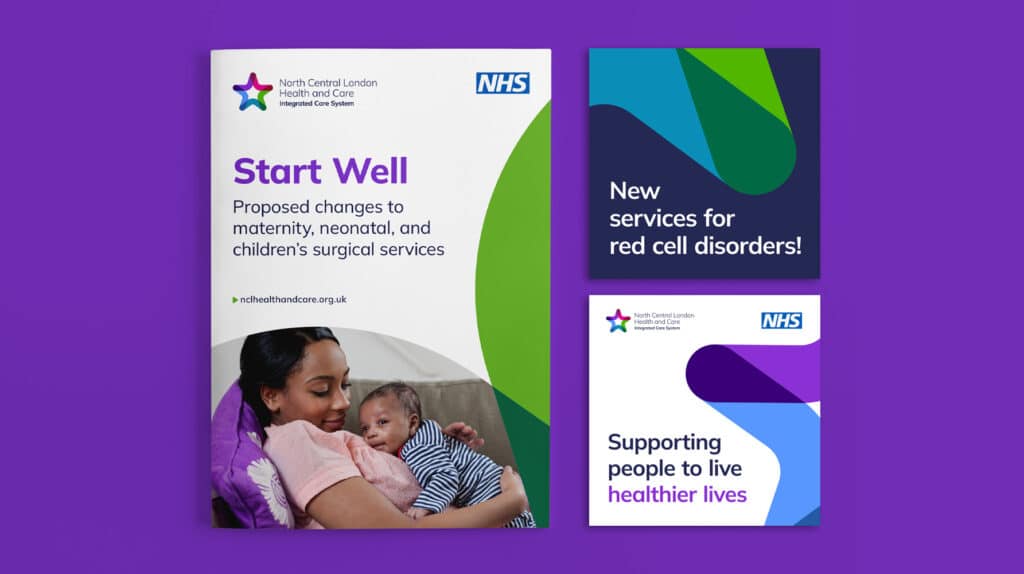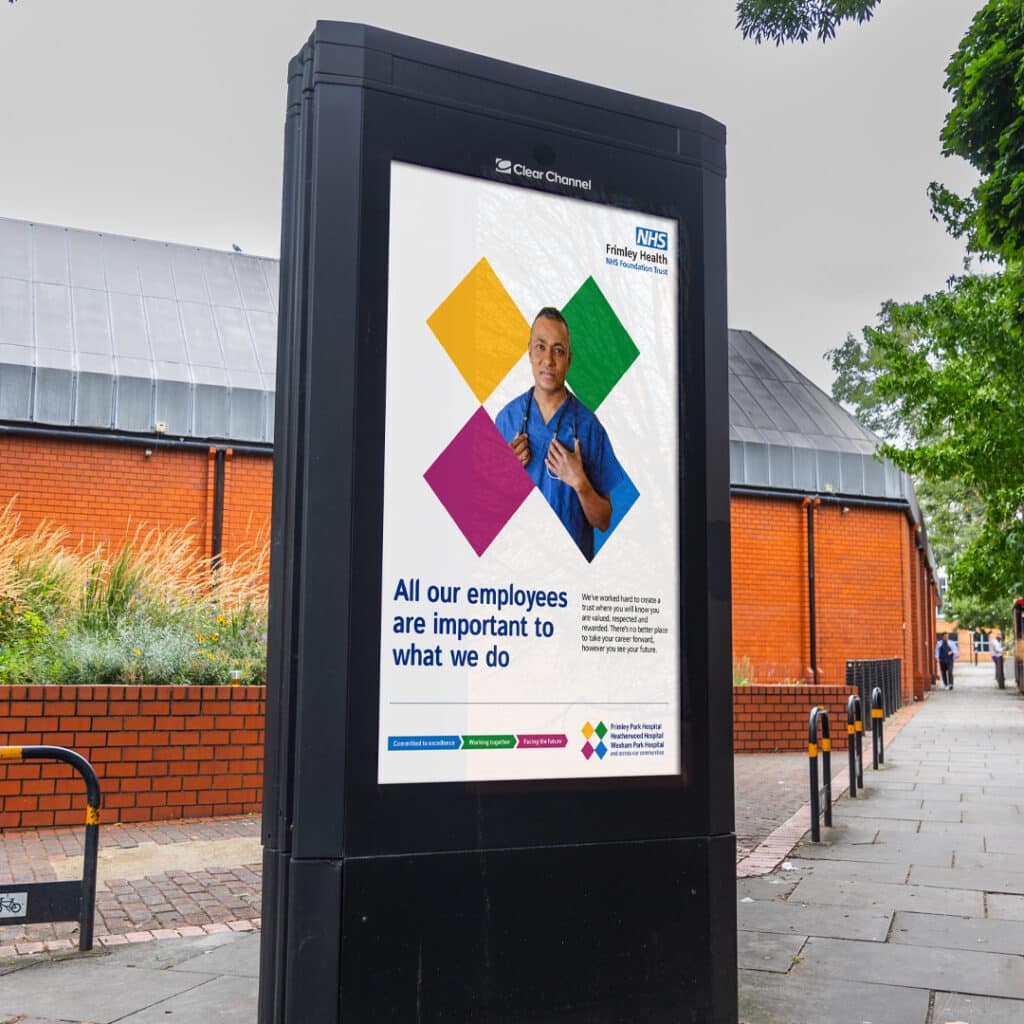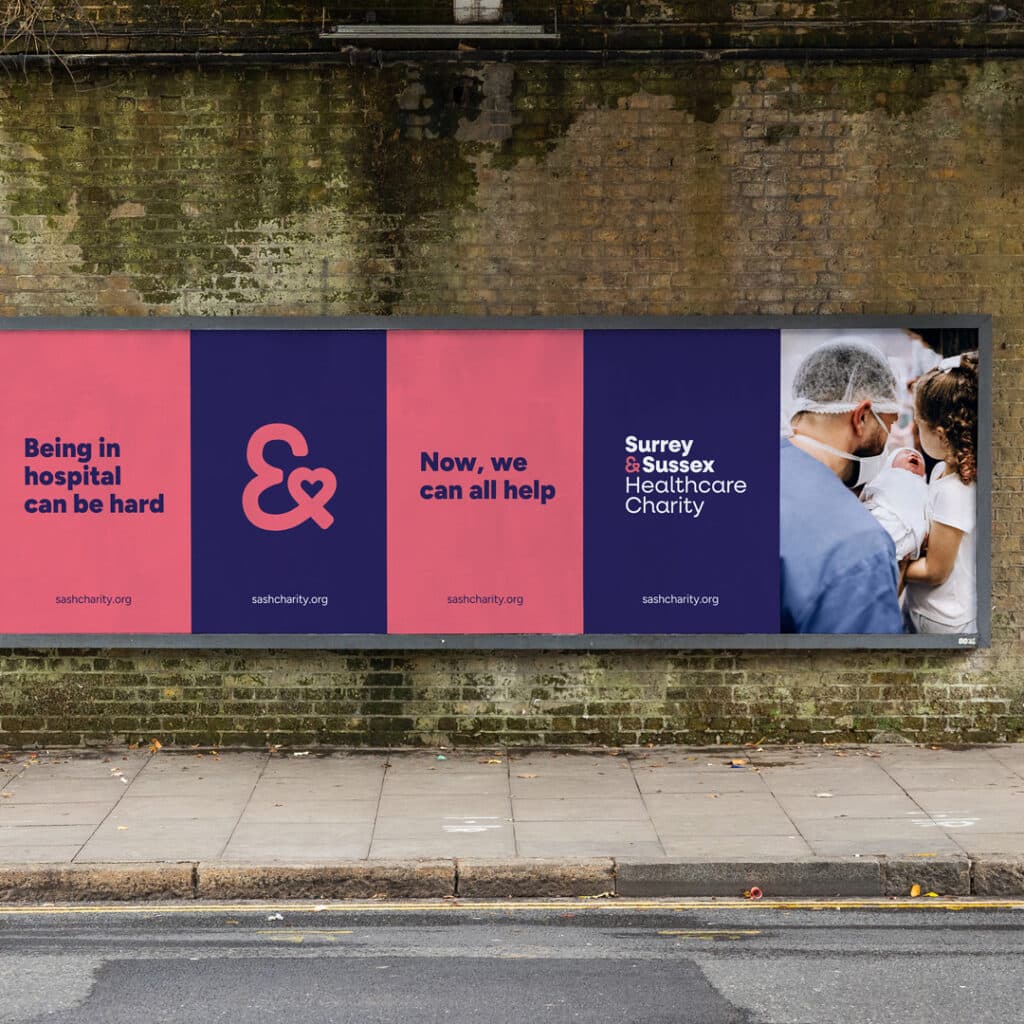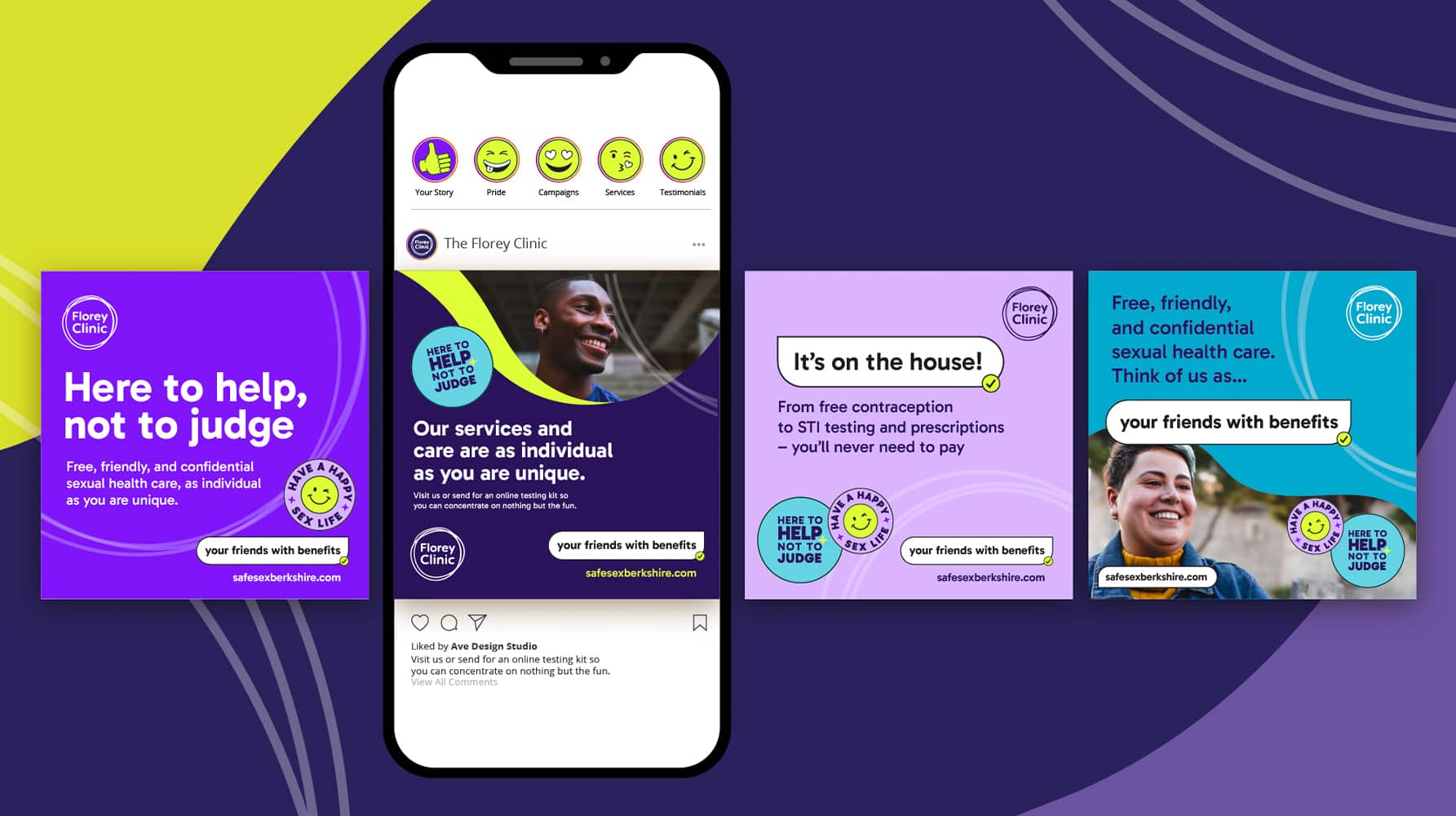If the NHS is one of the most recognised and trusted brands in the world, why would any Trust need its own identity?

Share this post
The blue lozenge is a universal symbol of care and competence, instantly recognised from Cornwall to Carlisle. But the strength of the NHS master brand can also flatten individuality. Within the same palette and typography, hundreds of organisations operate, each with their own priorities, personalities and pressures. When everyone looks and sounds the same, who gets heard, who gets hired, and who gets funded?
NHS Trusts are unlike most organisations
Their service users rarely make an active choice; they are defined by geography, referral, or the necessity of receiving specialist care from a service within the Trust. In that sense, the patient audience is largely captive. But the need for a strong brand extends far beyond those who come through the hospital doors. It speaks to staff who choose where to build their careers, researchers deciding where to focus their work, partners seeking credible collaborators, and to policymakers and media who shape public perception. A strong brand gives a Trust the ability to engage these audiences with intention, rather than by default.
A strong NHS Trust brand doesn’t challenge the national identity; it builds upon it. It’s what allows a Trust to articulate what it stands for, not just what it does. It gives form to ambition, personality and purpose, turning a public service provider into a recognised leader, employer and partner. The question isn’t why a Trust would need a distinct identity; it’s how can it afford not to have one?
An effective Trust brand is a strategic asset
It supports recruitment in a fiercely competitive landscape for clinical and research talent. It helps position the organisation within a national and international network of education, research and innovation. It builds confidence among funders, partners and donors who want to see clarity of vision and professionalism in those they back. And it provides staff and local communities with a shared sense of belonging, a story they can recognise themselves in.



At Ave, we’ve seen how brand identity can become an organisational lever rather than an aesthetic exercise. Our work with Sheffield Children’s NHS Foundation Trust is a case in point. Sheffield Children’s holds a unique position, both a regional healthcare provider and a national centre of excellence in paediatric research and technology. Through an extensive consultation and strategy process, we helped the Trust articulate a brand that captured the spirit of Sheffield and the innovation driving its future. The result is an identity system that unites its hospital, research, innovation and charity arms under a single idea: creating healthier futures for children and young people. This coherence hasn’t diluted individuality; it has amplified it, allowing each strand to communicate clearly to its own audience while contributing to a unified purpose.

The same principles applied to our work with Frimley Health NHS Foundation Trust, where we refreshed and clarified the brand without losing its familiarity. The visual evolution introduced warmth, humanity and flexibility while retaining NHS authority, a combination that helped strengthen staff pride and community recognition. Frimley’s refreshed identity wasn’t about a new logo; it was about creating a visual and verbal language that could adapt across hospitals, campaigns and internal communications without losing coherence. It became a foundation for culture and connection.
The relationship between Trust and charity is another area where brand clarity makes a measurable difference. When we developed the new identity for Surrey and Sussex Healthcare Charity, working alongside Surrey and Sussex Healthcare NHS Trust, the goal was to create a charity brand that made sense to both donors and hospital staff. The previous identity confused audiences, blurring the line between the two organisations. The new brand now gives the charity the freedom to communicate emotionally, while maintaining clear connection to the Trust. It has helped build understanding, trust and visibility, three things that directly affect income and engagement.


Equally, our work with Maudsley Charity illustrates how brand identity can clarify complex relationships rather than complicate them. The Charity is independent but closely connected to South London and Maudsley NHS Foundation Trust. Our brand and messaging strategy positioned the Charity to speak confidently in its own right, as an investor in better mental health care, and as an enabler of transformation across South London. By defining the relationship clearly, both organisations gained strength. The Charity could tell its story of impact and innovation, while the Trust benefited from clearer recognition of the support it receives.
So why don’t all Trusts invest in their brand?
Often it’s down to perception. Branding is still too frequently viewed as a cosmetic exercise, rather than an operational tool. Many Trusts fear that distinctiveness risks straying from NHS brand guidelines or confusing patients. In reality, the most successful examples demonstrate the opposite. When done well, a strong Trust brand strengthens the NHS as a whole, making the system more legible, not less. It enables differentiation through story, tone and visual cues while maintaining consistency where it matters most: public confidence.
The other barrier is resourcing. Branding is rarely seen as part of infrastructure investment, yet it underpins every communication, campaign and recruitment effort. The result is that some Trusts rely on generic templates or fragmented identities that can’t carry the weight of modern expectations. In an era of workforce shortages, research competition and philanthropic partnerships, this is a strategic weakness. A coherent brand system saves time and money in the long run by providing clarity, consistency and confidence across everything a Trust produces.
The opportunity now lies in alignment, not rebellion
NHS Trusts don’t need to abandon the blue lozenge to build meaningful brands; they need to define the ideas, stories and systems that sit behind it. The NHS master brand gives shared credibility, but individuality gives focus. Distinction is not about decoration, it’s about articulation. It allows each Trust to express its local identity, its clinical strengths, its culture and its contribution to the wider NHS mission.
For the NHS to remain the world’s most trusted healthcare brand, its individual Trusts must each play their part with clarity and confidence. That means investing in strategy, not just design. It means recognising that a strong brand isn’t a luxury, but a vital tool for connection, one that helps attract people, partners and possibilities.
A well-defined NHS Trust brand doesn’t dilute the NHS; it strengthens it. It makes the invisible visible, the complex coherent, and the local personal. Because when you define who you are, people know why you matter.
If you’d like to discuss NHS branding in more detail, reach out.
Share this post




